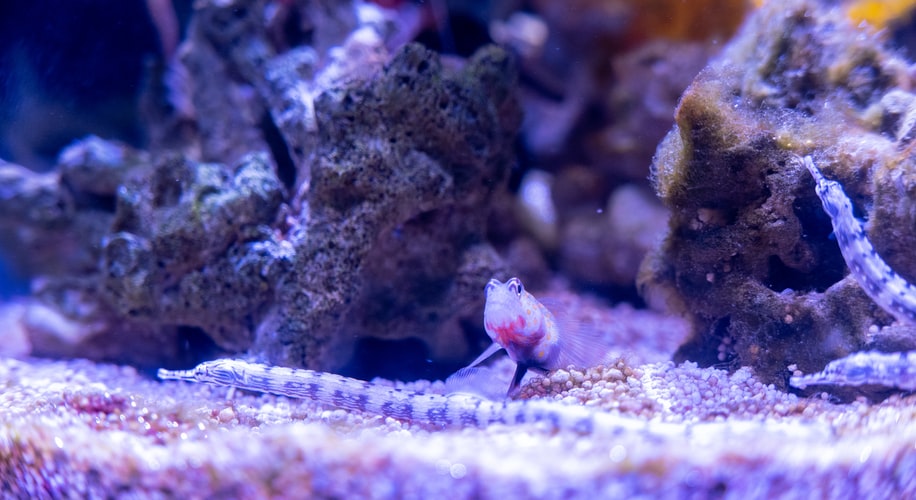Many aquarium owners often find it beneficial to introduce multiple filters to ensure tank water is kept clean. However, other aquarists may find themselves wondering whether the opposite can be done. Although it’s not always advisable to run multiple fish tanks on a single filter, it can be done. However, if you’re serious about running more than one tank on a single filter, you’ll need to be prepared to undertake some potentially difficult tank modification beforehand.
Why Use a Single Filter for Multiple Tanks?
Although some people may be considering using a single filter for multiple tanks to save money, this is not really the main reason behind streamlining an aquarium setup. Generally speaking, most people find themselves utilising a single filtration system for multiple tanks when they wish to put together larger aquarium setup.
Although there’s a large variety of fish tank shapes and sizes available on the market, not everyone can find an aquarium perfectly proportioned for the space they are looking to fill. As such, a more bespoke arrangement made up of multiple tanks is often called for.
Another reason to consider a single filter, multiple tank setup is if you are planning on breeding fish. So-called fish rooms need to provide ample living space for growing fish populations, with consistent filtration for the entire volume of water within the system. It can be very expensive to add individual filtration systems for every tank.
What’s more, it can be very difficult to maintain consistent water conditions across every tank if they’re running on their own filter, regardless of how systematic you are about tank cleaning and water maintenance.
Joining Multiple Tanks Together
This is by far the easiest way of running multiple tanks of a single filter. This method essentially involves connecting two or more tanks together with piping, with the combined water volume able to be pulled and dispensed through the attached filter. Combing two or tanks requires patience and some degree of skill.
You’ll need to use high-grade PVC piping to connect multiple tanks together, while also ensuring you’ve attached valves and seals to prevent leaking. You’ll also need to ensure that your fish cannot gain access to other tanks via this piping.
Once you’ve carried out the work required to connect your tanks together, you’ll need to install a system powerful enough to perform filtration. A modest canister filter will prove inefficient at filtering out a large volume of water. Instead, you should be looking to install a sump filter. Such systems are far more effective when it comes to large volumes of water.
Potential Issues with Multiple Tank Setups
Although it’s possible to run multiple tanks on a solitary filter, there are some potential risks involved. The main problem you’ll encounter here is the risk of contagion. Amplifying living space for your aquatic pets means you increase the risk of disease and pathogens.
By running the combined water volume on a single filter, you’re leaving yourself with no safeguard against contamination. Should fish in one tank succumb to ailments or disease, it can be almost impossible to quarantine the affected tank to protect animals in other sections.
This risk factor alone should make you seriously reconsider trying to run more than one tank on one filter. Whenever possible, provide each tank with its own filtration system, allowing yourself more flexibility when it comes to monitoring water conditions and addressing disease as and when it occurs.

